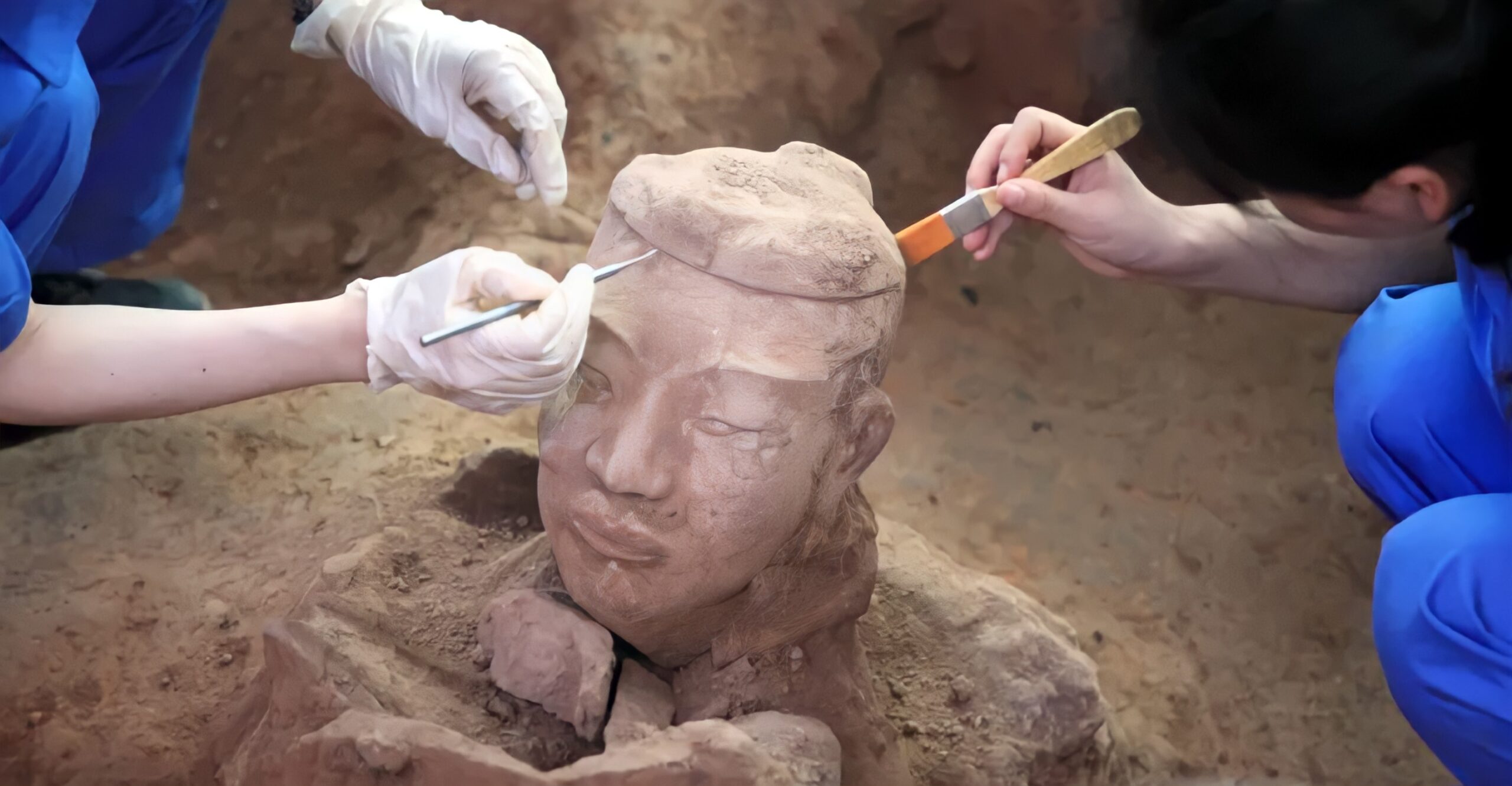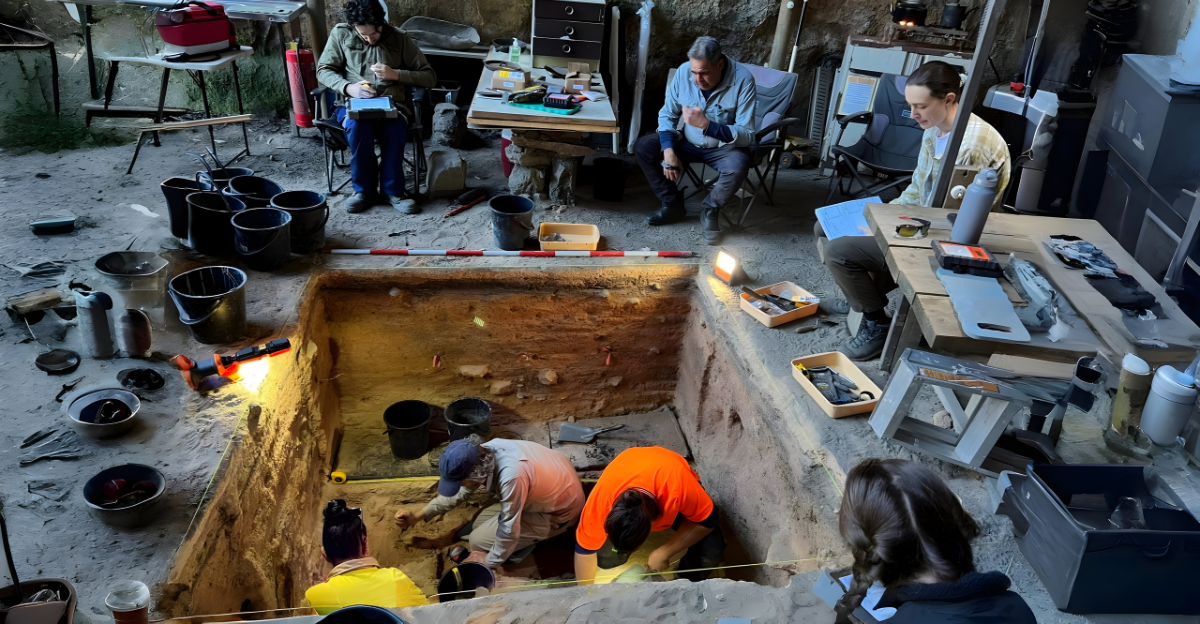
Dargan Shelter, perched at 1,073 meters in the Blue Mountains of New South Wales, is a groundbreaking archaeological site revealing human occupation dating back 20,000 years to the last Ice Age. This discovery marks Australia’s oldest known high-altitude Ice Age site, overturning prior assumptions that such cold, elevated environments were uninhabitable for early humans. The site’s significance lies in its age and location within a periglacial landscape that is treeless, snow-covered, and seasonally frozen, demonstrating early Aboriginal peoples’ remarkable adaptability and resilience. The findings challenge the long-held belief that Australia’s highlands were too harsh for sustained human presence during glacial periods, expanding our understanding of human migration and survival strategies in extreme climates.
Geological and Environmental Context of the Blue Mountains During the Ice Age
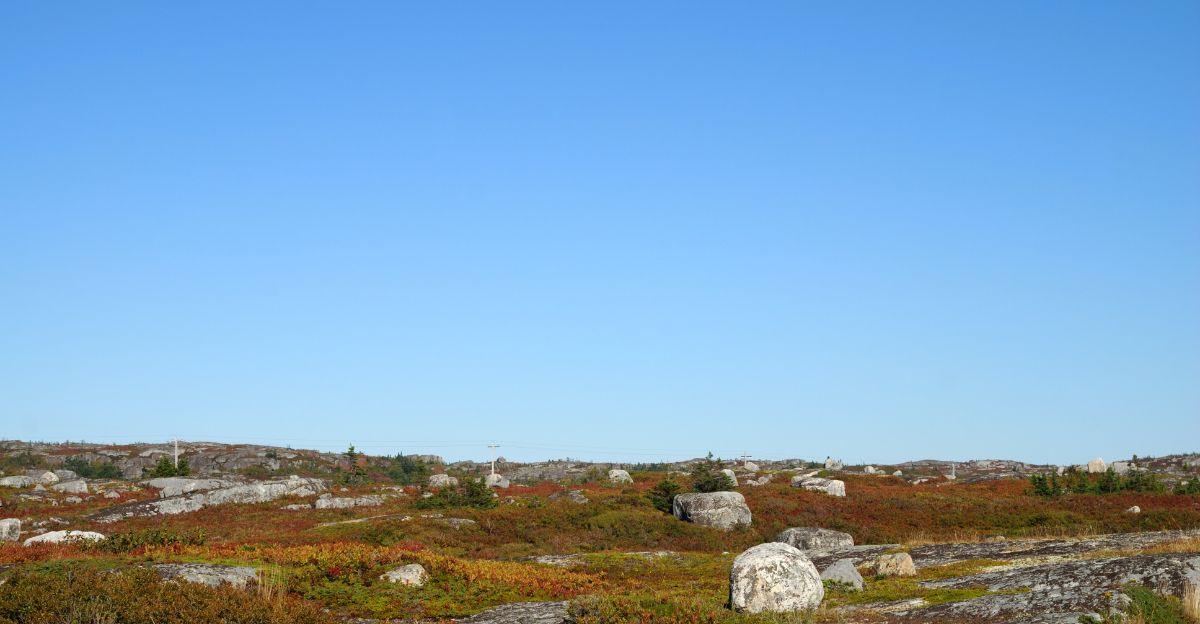
During the last Ice Age, the Blue Mountains presented a stark environment vastly different from today. The landscape was treeless, with ridges and summits blanketed in snow and ice, experiencing periglacial conditions characterized by seasonal freezing and thawing. Temperatures were at least 8.2 degrees Celsius cooler than present, and vegetation was sparse. Water sources would have been frozen during winter, and firewood scarce, creating a challenging habitat for human survival. These harsh conditions required significant adaptation, highlighting the ingenuity of early inhabitants who endured and thrived in this cold, elevated terrain.
Archaeological Excavation and Methodology
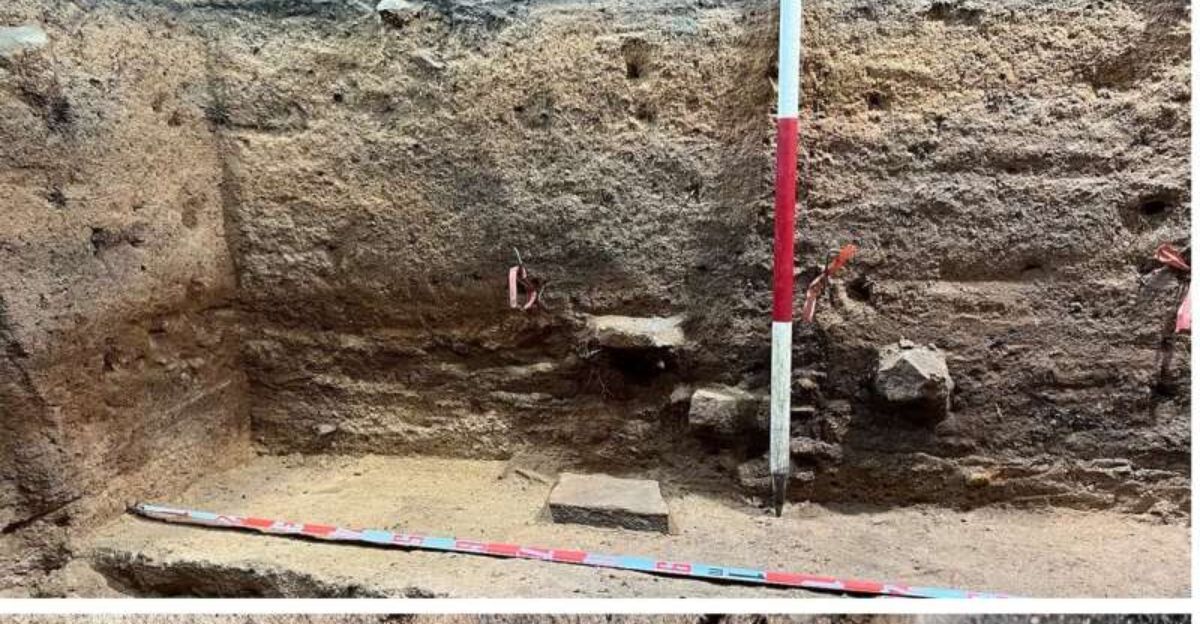
The excavation of Dargan Shelter was a collaborative effort involving the Australian Museum, the University of Sydney, the Australian National University, and First Nations communities. Archaeologists employed meticulous excavation techniques to preserve the site’s deep and undisturbed sediment layers, safeguarding cultural artifacts. Radiocarbon dating of hearths and artifacts confirmed repeated human occupation over millennia. This interdisciplinary approach combined scientific rigor with Indigenous knowledge, ensuring a respectful and comprehensive study of the site’s cultural history.
Artifacts Unearthed at Dargan Shelter
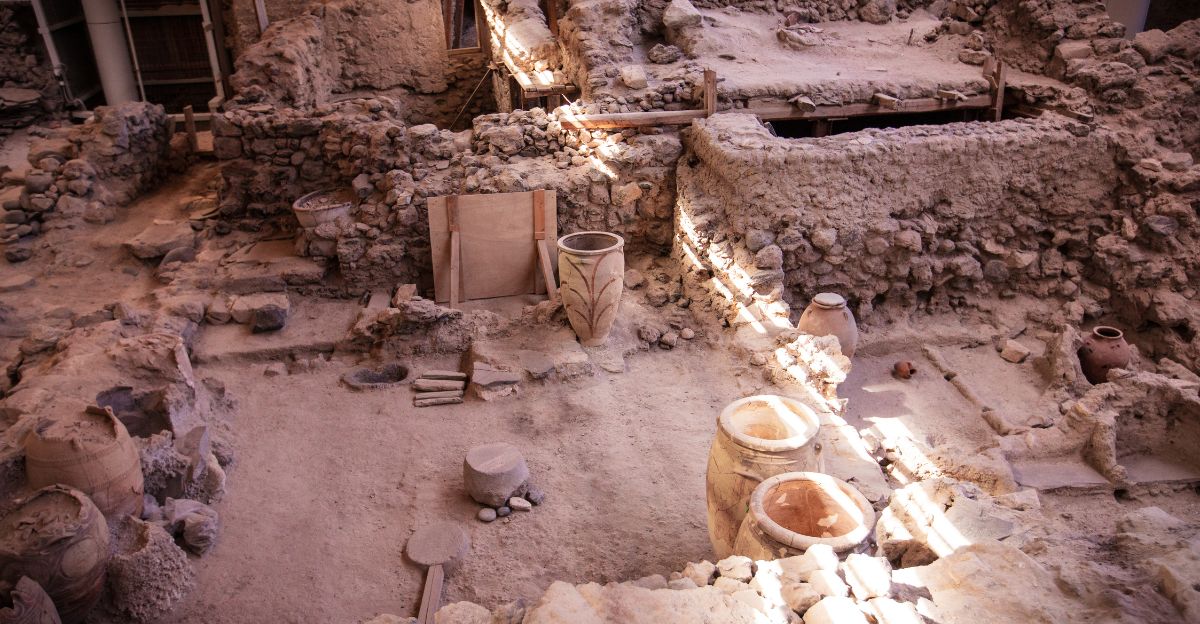
Six hundred ninety-three stone artifacts were uncovered, including cutting and scraping tools and sandstone grinding slabs likely used to shape wooden implements such as needles, awls, and bone points for spears. The stone materials originated locally and from distant regions like Jenolan Caves and Hunter Valley, indicating extensive travel and trade networks. These artifacts reveal sophisticated tool-making skills and adaptability, underscoring Ice Age Aboriginal peoples’ technological and cultural complexity in this high-altitude environment.
Cultural Significance for Aboriginal Communities

Dargan Shelter holds profound cultural and spiritual importance for Aboriginal peoples connected to the Blue Mountains. For thousands of years, knowledge and stories about this Country have been transmitted across generations. The shelter likely served as a ceremonial and gathering site along ancient travel routes, facilitating social and cultural exchanges among groups from the western interior, coastal plains, and neighboring regions. This continuity of cultural connection enriches our understanding of Aboriginal heritage and identity tied to the landscape.
Challenging Previous Assumptions About Ice Age Human Habitation

Previously, researchers believed Australia’s high-altitude landscapes were too inhospitable for human occupation during the Ice Age. The discovery at Dargan Shelter refutes this, aligning Australia with global evidence that humans adapted to glacial and periglacial environments. This challenges the notion that cold, mountainous terrains were barriers to migration, instead highlighting the resilience and ingenuity of early Aboriginal peoples who developed strategies to survive and thrive in extreme climates.
Archaeology Meets Indigenous Knowledge
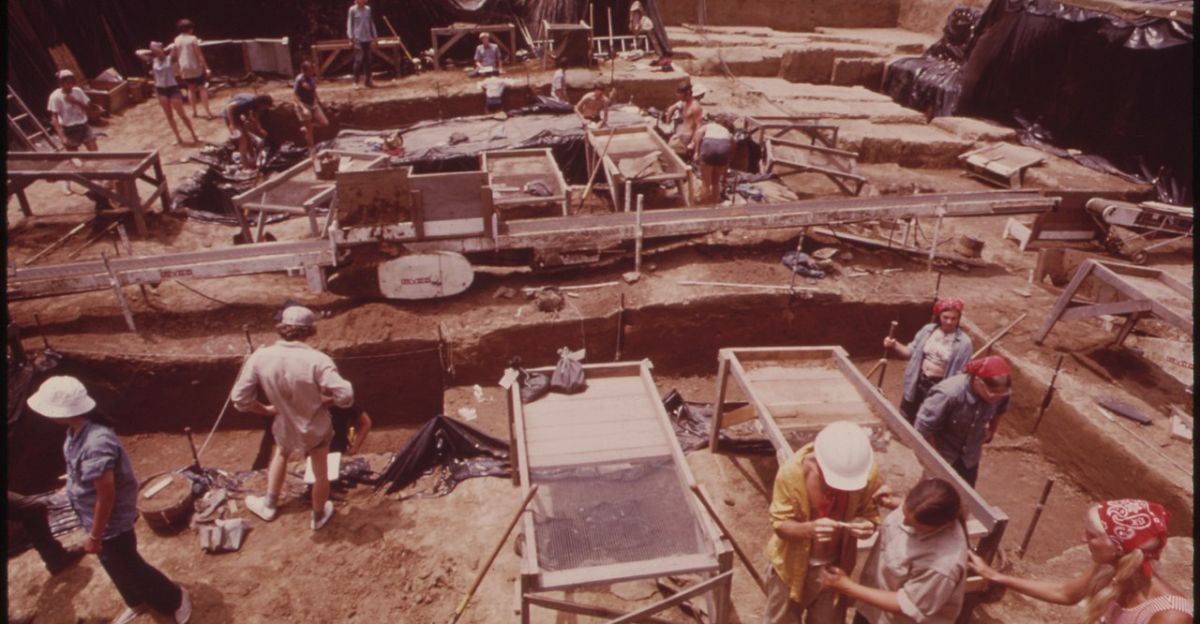
The research at Dargan Shelter exemplifies the power of collaboration between archaeologists and First Nations knowledge holders. Integrating scientific data with oral histories and cultural practices enriches interpretations and fosters holistic understanding. This partnership enhances conservation efforts and respects Indigenous stewardship, ensuring that cultural landscapes are preserved as archaeological sites and as living cultural heritage vital to Aboriginal communities.
Unexpected Findings: Rock Art and Symbolism
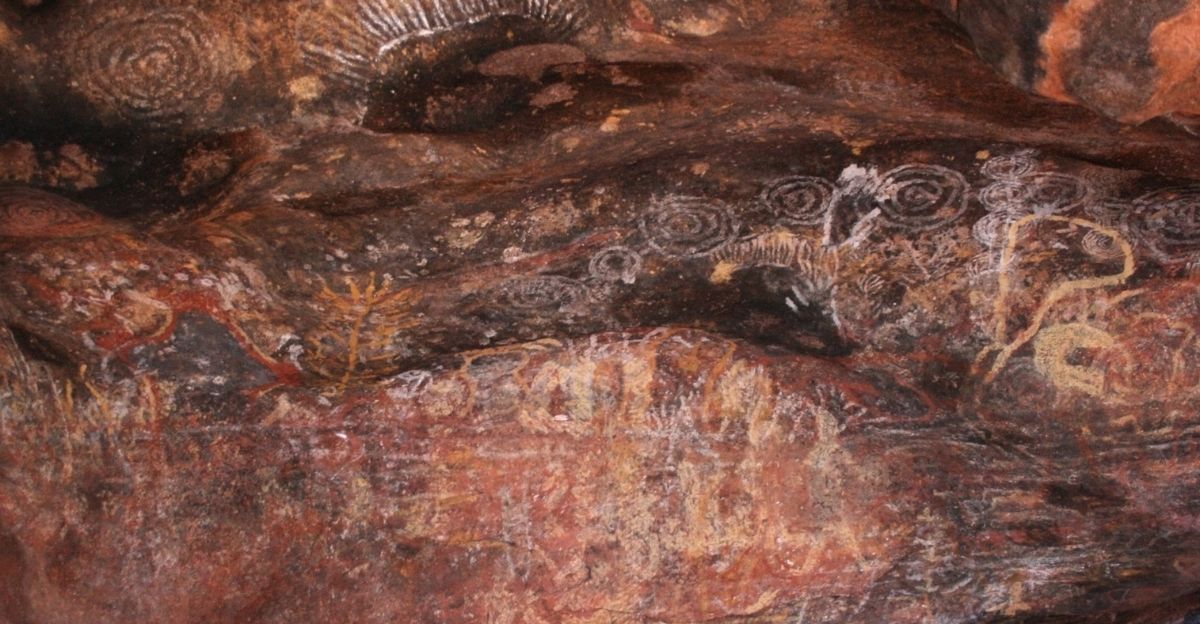
Among the discoveries at Dargan Shelter are faded rock art pieces, including child-sized hand stencils and forearm stencils. These artworks provide tangible links to past inhabitants, offering insights into their cultural expressions and symbolic life. The presence of such art in a high-altitude Ice Age site is rare and suggests complex social and ceremonial behaviors. Further research may uncover symbolic artifacts, deepening our understanding of Ice Age Aboriginal life.
Implications for Understanding Human Migration and Adaptation

The evidence from Dargan Shelter indicates that icy, mountainous terrains were not obstacles but part of human movement routes. This reshapes theories of early human dispersal in Australia and globally, showing that humans adapted to diverse and extreme environments much earlier than thought. It highlights the dynamic nature of migration and the capacity for cultural innovation in response to environmental challenges.
Dargan Shelter Compared to Other Global Ice Age Sites

Unlike high-altitude Ice Age sites worldwide, Dargan Shelter shares similarities in human adaptation strategies, such as tool use and shelter construction. However, it is unique in its Australian context, reflecting Aboriginal cultural continuity over tens of thousands of years. This site enriches the global narrative of human resilience and adaptation during glacial periods, showcasing a distinct cultural heritage tied to the continent’s ancient landscapes.
Conservation and Future Research Directions

Preserving Dargan Shelter and its surrounding landscapes is crucial for safeguarding this irreplaceable cultural heritage. Ongoing research priorities include detailed artifact analysis and environmental reconstruction to better understand past human-environment interactions. Indigenous stewardship protects the site, ensures conservation, respects cultural values, and supports community engagement. Future discoveries may further illuminate the lives of Ice Age Aboriginal peoples.




